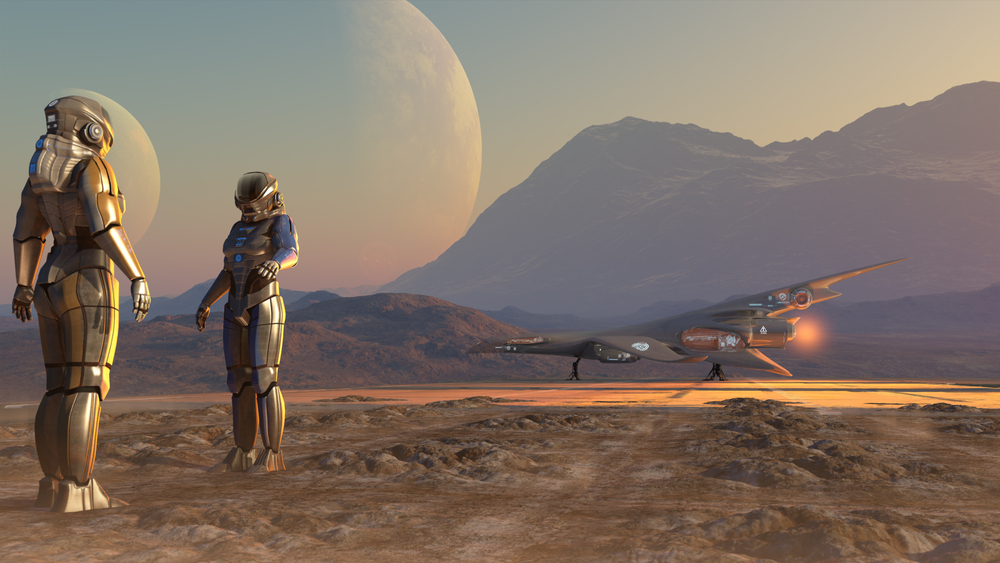
Caption: A new study concludes that traveling to Mars may increase the risk of leukemia.
While NASA prepares the equipment needed for a trip to Mars, the Wake Forest Baptist Institute for Regenerative Medicine is looking at what that voyage may do to the astronauts.
The researchers examined mice transplanted with human stem cells to measure the effects of deep space radiation, which is useful because a trip to the red planet that is 140 million miles from Earth would likely require a three-year spaceflight.
The team was able to demonstrate for the first time the risk that the radiation encountered during deep space travel may increase the risk of leukemia in humans.
“Our results are troubling because they show radiation exposure could potentially increase the risk of leukemia in two ways,” Christopher Porada, Ph.D., associate professor of regenerative medicine and senior researcher on the project, said in a statement.
The group has identified and is currently testing a common dietary supplement for its ability to protect astronauts from the damaging impacts of space travel.
“It is rewarding to use our expertise in stem cells to help NASA evaluate the potential health risks of space travel and hopefully develop strategies to address them,” Porada said.
Radiation exposure is considered one of the most dangerous aspects of traveling to Mars, according to NASA.
The researchers aimed to assess the direct effects of simulated solar energetic particles and galactic cosmic ray (GCR) radiation on human hematopoietic stem cells (HSC)—which comprise less than 0.1 percent of the bone marrow of adults but produce the many types of blood cells that circulate through the body and work to transport oxygen, fight infection and eliminate any malignant cells that arise.
In the study, human HSCs from healthy donors between 30 and 55 years old were exposed to Mars mission-relevant doses of protons and iron ions—the same types of radiation that astronauts would be exposed to in deep space.
These exposure levels that simulated deep space radiation were found to dramatically affect the health and function of the HSCs.
“Radiation exposure at these levels was highly deleterious to HSC function, reducing their ability to produce almost all types of blood cells, often by 60-80 percent,” Porada said. “This could translate into a severely weakened immune system and anemia during prolonged missions in deep space.”
Other studies have linked the exposure to high doses of earthly radiation can have harmful and even life-threatening effects on the body’s ability to make blood cells and can significantly increase the likelihood of cancers, particularly leukemia’s.
However, the Wake Forest study is the first to show a damaging effect of low, mission-relevant doses of space radiation, which caused mutations in genes involved in the hematopoietic process and dramatically reduced the ability of HSCs to give rise to mature blood cells.
The researchers then assessed how the cells would function in the body by transplanting mice with GCR-irradiated human HSCs. The mice developed what appeared to be T-cell acute lymphoblastic leukemia—the first demonstration that exposure to space radiation may increase the risk of leukemia in humans.
“Our results show radiation exposure could potentially increase the risk of leukemia in two ways,” Porada said. “We found that genetic damage to HSCs directly led to leukemia.
“Secondly, radiation also altered the ability of HSCs to generate T and B cells, types of white blood cells involved in fighting foreign ‘invaders’ like infections or tumor cells,” he added. “This may reduce the ability of the astronaut’s immune system to eliminate malignant cells that arise as a result of radiation-induced mutations.”
According to Porada, a trip to Mars can also cause marked alterations in an astronaut’s immune function, even after short duration missions in low Earth orbit.




